Discover Cofete beach, one of Fuerteventura’s most spectacular spots
Planning a trip to Fuerteventura? The magical Cofete landscape is a must-see! Located at the southern tip of the island, the area is renowned for its spectacular virgin beach, with the mountains of the Jandía Natural Park forming a majestic backdrop.
It’s not so easy to get there, but we promise it’s more than worthwhile. Get ready for an unforgettable day! Read on to find out some of its secrets.
Discover the wild beauty of Cofete beach
There’s no doubt about it. Cofete is one of the most magical places in Fuerteventura and the Canary Islands as a whole. You could go so far as to say in the world!
The exceptionally picturesque landscape is part of the Jandia Nature Reserve. The entire peninsula of Jandia spans around 200 square kilometres and was created more than 15 million years ago. Back in the present, it’s where the island’s tallest mountains are; Pico de la Zarza is the highest at 807 metres.
Now for an interesting historical fact. The settlers of the Canary Islands, the ‘guanches’, built a wall about six kilometres long to separate this peninsula from the rest of the island, known as La Pared (simply, The Wall). So, this part of the island has been isolated from the rest of Fuerteventura since way back then.
The stunning views have caught the attention of film producers worldwide – including Hollywood! Iconic film Planet of the Apes (1968), Solo: a Star Wars story (2018) and Wonder Woman 1984 (2020) are just some of the American blockbusters filmed in Cofete.
Want to know everything the area has to offer? Read on!
Cofete’s deserted beach
From the islet “Islote de las Siete Viudas” in the north to the monolith Roque del Moro: Cofete beach is an unspoilt strip of beach spanning over 12 kilometres. We guarantee you’ll fall in love with it at first sight. Its size and distance from any towns or cities – not to mention sheer, unspoilt beauty – make it unique in the Canary Islands.
The golden colour of the sand is particularly striking, blending beautifully with the reddish hue of the surrounding volcanic mountains and intense blue of the Atlantic Ocean.
The temperatures range from a minimum of 18 ºC to a maximum of 25 ºC, all year round. But warning, the strong wind can make it feel much cooler, so make sure you take a light sweatshirt or jacket.
And if you fancy a dip – do take care. Although jumping into a refreshing body of water is tempting, bathing is too dangerous on this stretch of coast. The strong winds blowing from the north coupled with strong currents on the shore make swimming almost impossible most of the time. It’s also important to note there aren’t any life jackets or lifeguards on the beach.
If you like water sports, Cofete could be the place for you. When the trade winds are gentler, you could grab the chance to do some sports like windsurfing or kitesurfing, with waves breaking left and right.
So whilst it’s not the perfect beach for a swim, we can assure you it’ll leave you speechless. Simply enjoy the silence and vastness of it all, and take a walk across the sand for miles and miles without seeing a single soul.
Ideal as that sounds, remember this is a secluded beach that’s difficult to access and doesn’t have any services beyond a restaurant. We’ll get to that later. If you’re travelling with children this is particularly important.
Surrounded by sand: Cofete village and cemetery
Just above the beach is a small cluster of houses that includes the fabled Villa Winter. In spite of it being isolated, some 28 families came to the area in the early nineteenth century, forming the Jandía peninsula’s first settlement.
Only a dozen of these owners live in these homes today, and most are now used as weekend or summer homes.
These early inhabitants of Cofete chose a place near the beach to bury their dead, in use until 1956. They buried the bodies in the sand itself, in wooden graves without any enclosures. It’s an enchanted cemetery that will soon be swallowed whole by the sand
The mysterious Villa Winter
A visit to Casa Winter is a great way of learning about the history of Cofete and all its mysteries. The villa was built by German engineer Gustav Winter at the start of World War II.
As legend has it, it was used as a centre of espionage and venue for Nazi meetings. It’s even said to have been a secret submarine base, where the vessels would come straight from the ocean via underground tunnels. They say Casa Winter was used as a refuge for Adolf Hitler himself and other high-ranking government officials at the end of the war.
If you want to visit and learn about the history and legends first-hand, Casa Winter is open to the public from Tuesday to Sunday, from 10:00 till 14:00 and 15:00 to 17:00.
Spectacular views from the Cofete viewpoint
This little enclave, 230 metres above sea level, gives you the most spectacular views of Cofete beach. You can see the narrowest part of the Jandias peninsula too. This area of desert is linked to the island by a 6-kilometre isthmus; a strip of land with sea on either side.
To get to the lookout point, take the Punta de Jandía road from Morro Jable and take a right turn at 11.4 kilometres.
Pepe el Faro restaurant
What better way to finish a long day’s sightseeing than savouring the region’s delicious cuisine? Restaurante Pepe el Faro is the only restaurant there, and it certainly won’t disappoint.
It’s open every day from 10:00 till 17:00. Please note that you can’t book ahead.
The natural wonders of Cofete
Cofete is located in the heart of Jandía Natural Park. This is an unspoilt area, giving rise to wonderfully rich landscapes and biodiversity.
Loggerhead sea turtles, for example, are frequent visitors to the coastline. You’ll also come across plenty of birds, including the Canarian houbara, Canarian stonechat, Canary Islands stonechat, osprey and stone curlew; as well as other species such as lizards and Fuerteventura skinks, geckos, Barbary ground squirrels, Canarian shrews and rabbits.
As for plants, you’ll find Canary globe flowers, St John’s Wort shrubs and sea rushes.
How to get to Cofete
One of the reasons Cofete has kept its natural charm intact is because getting there is no easy feat. You need to travel about 23 kilometres of winding road (departing from Morro Jable), and the last nine kilometres is a dirt track. We recommend transport rather than walking.
The trip takes around an hour by car, and you get stunning views of Jandía Natural Park along the way. Once you’re on the beach, you’ll find several areas where you can park. If you’d rather not drive, there are plenty of fun 4WD tours to book, or take the ‘guagua’, the local bus.
Some companies offer guided tours, lasting approximately five hours and available in Spanish, German, English and French. Prices range from 55,00 to 80,00 € for adults and 35,00 to 55,00 € for children. The price difference depends on your departure location: Costa Calma, Corralejo or Puerto del Rosario.
Another option is to take the bus (€ 8,70). You can catch the number 111 bus from the station or Morro Jable port, with two daily departures/returns. Outbound journeys depart at 10:00 and 14:00, and return at 12:45 and 16:45.
If you want to relax, enjoy nature and discover all the secrets of Fuerteventura, a day out in Cofete could be just the ticket.
Categories: Canaries, Fuerteventura


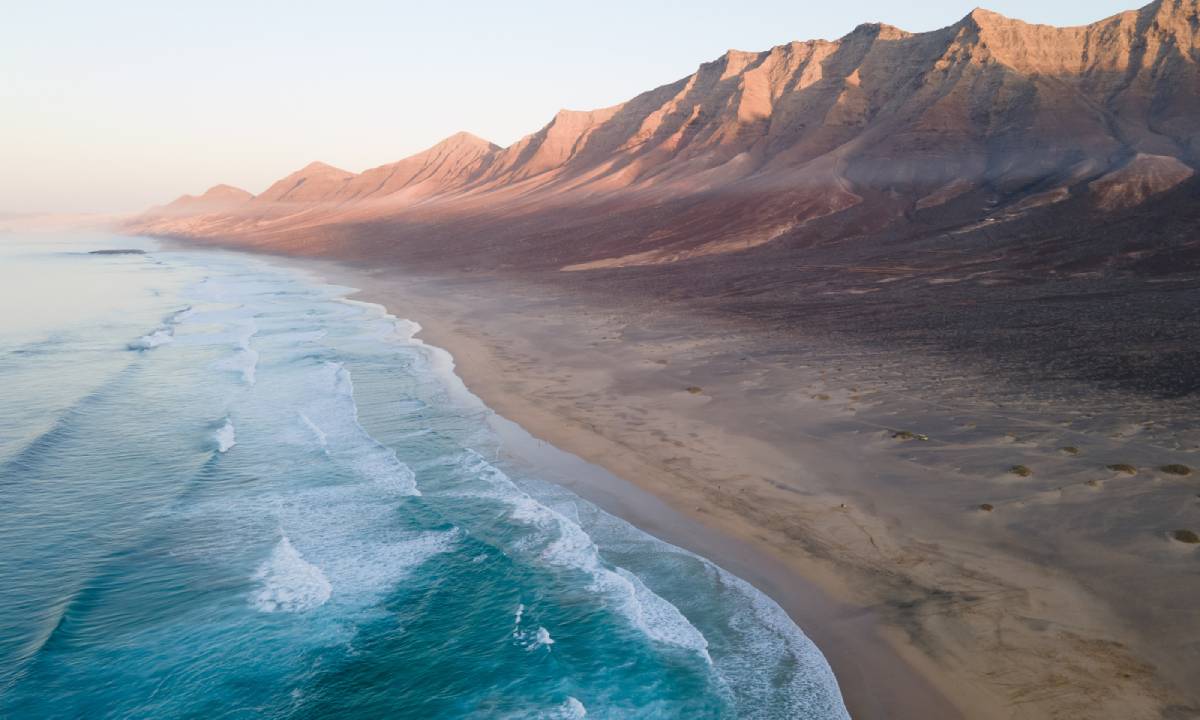
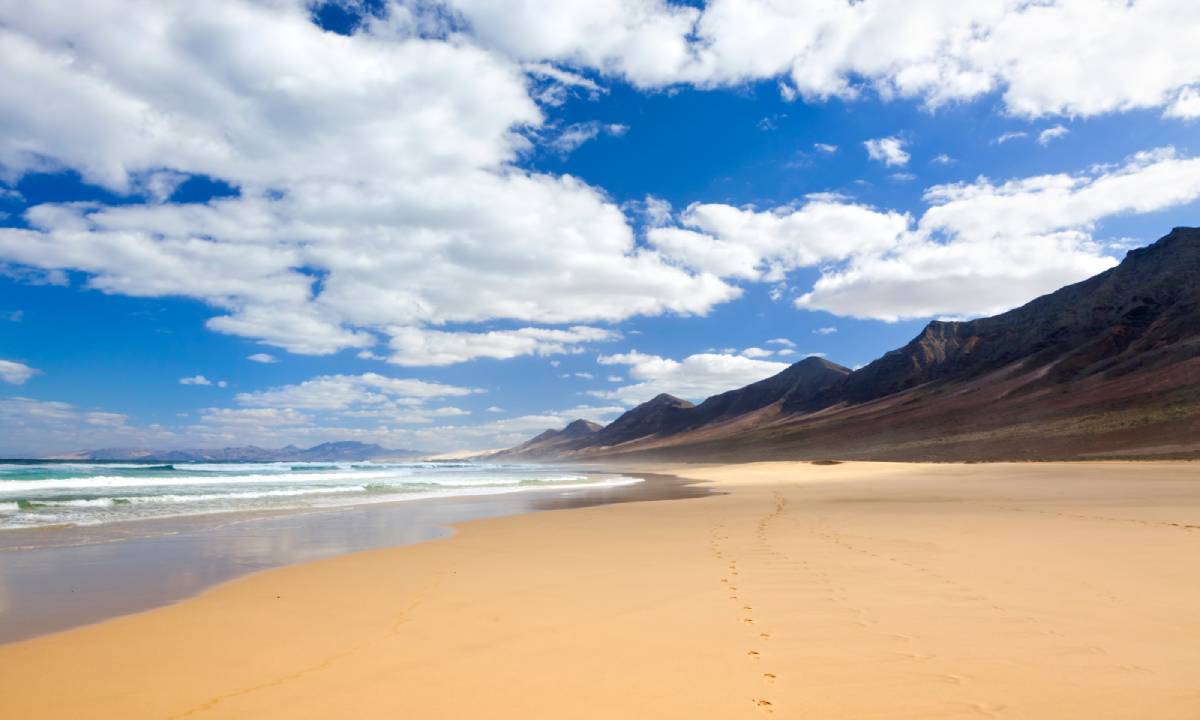
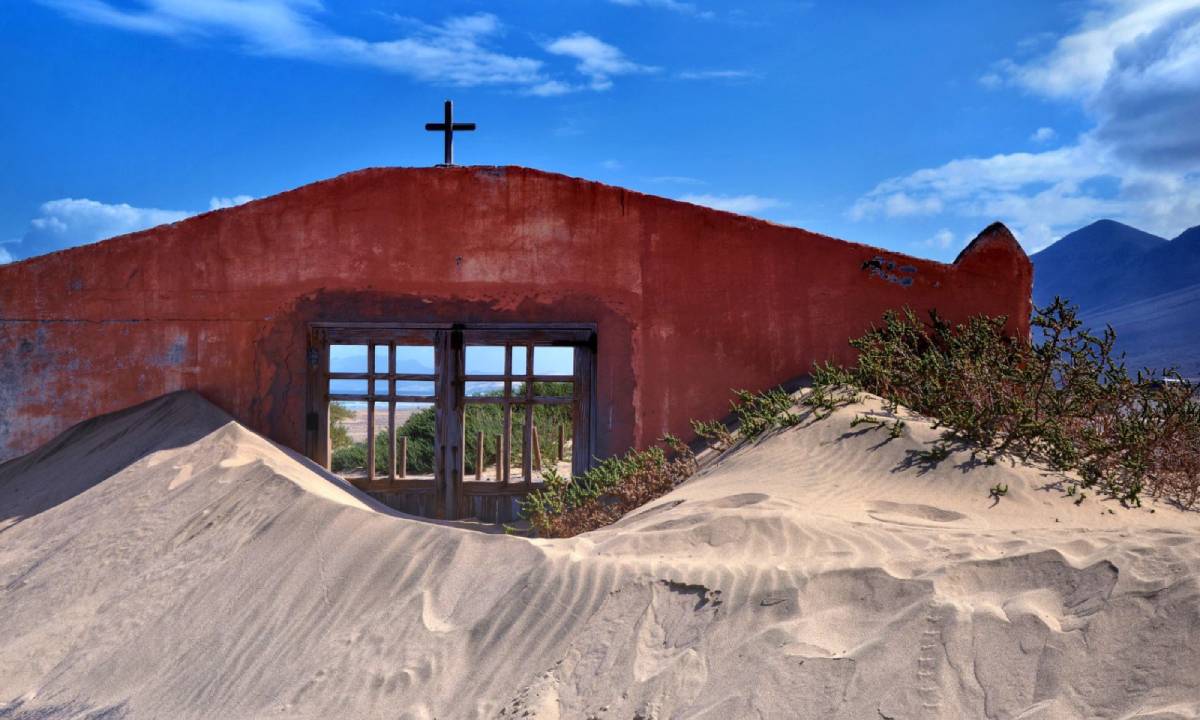
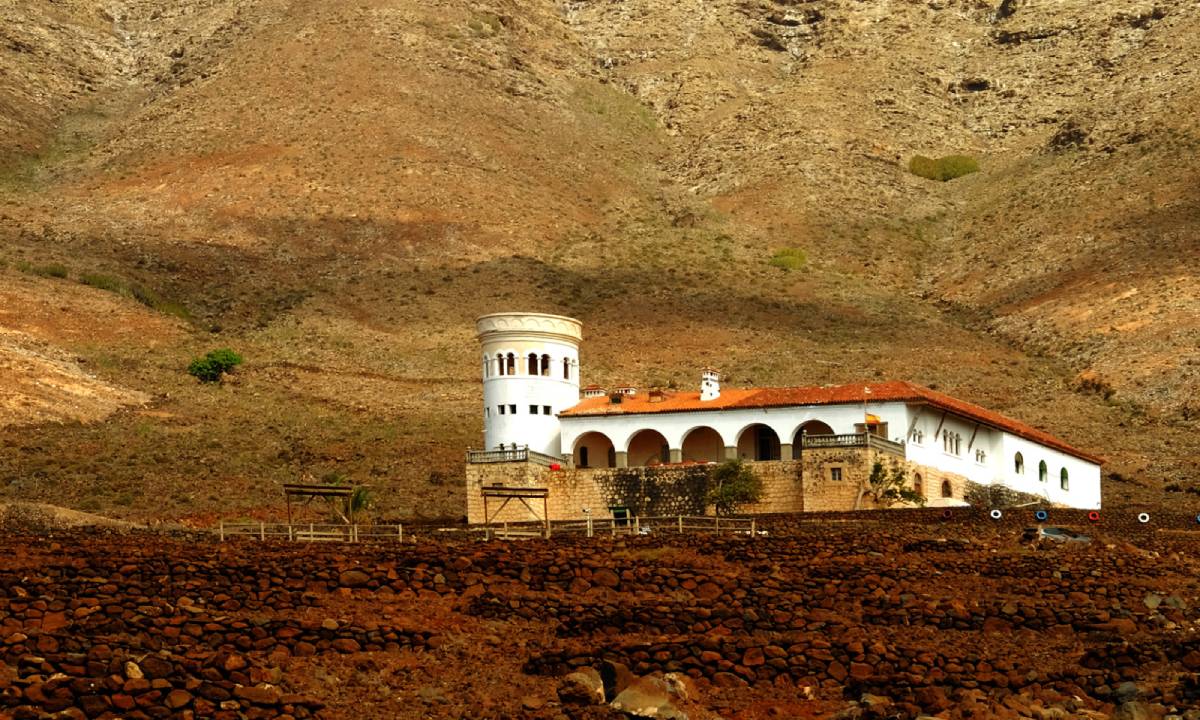
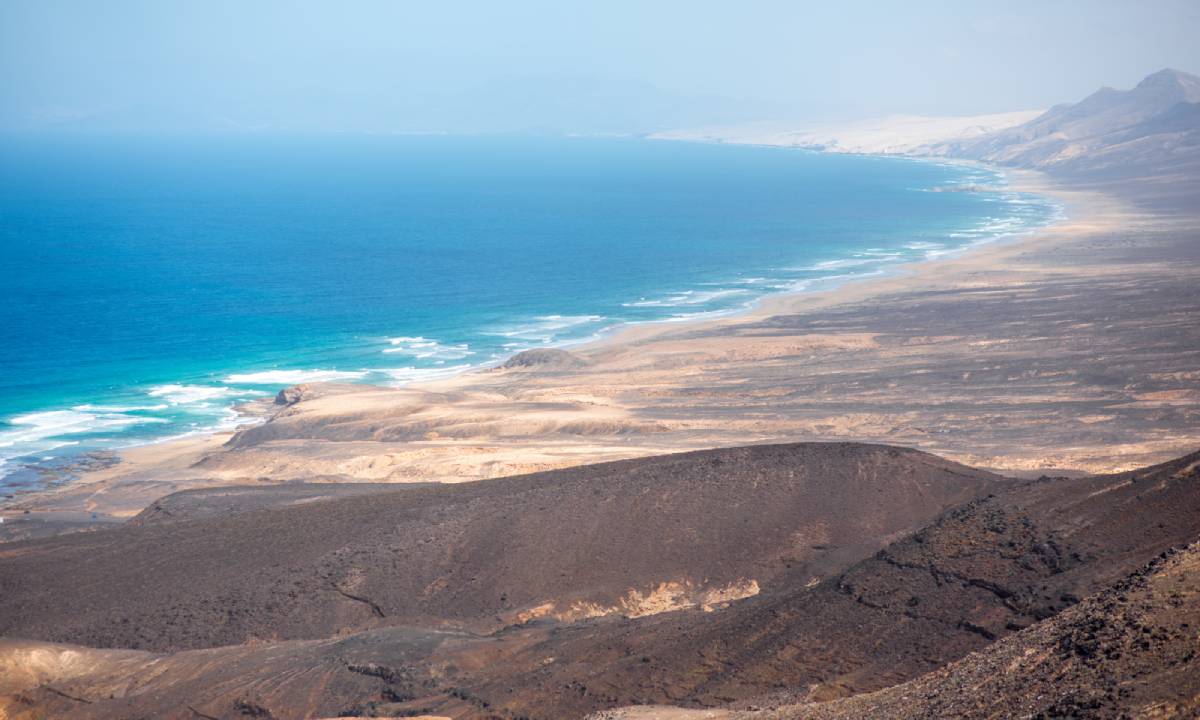
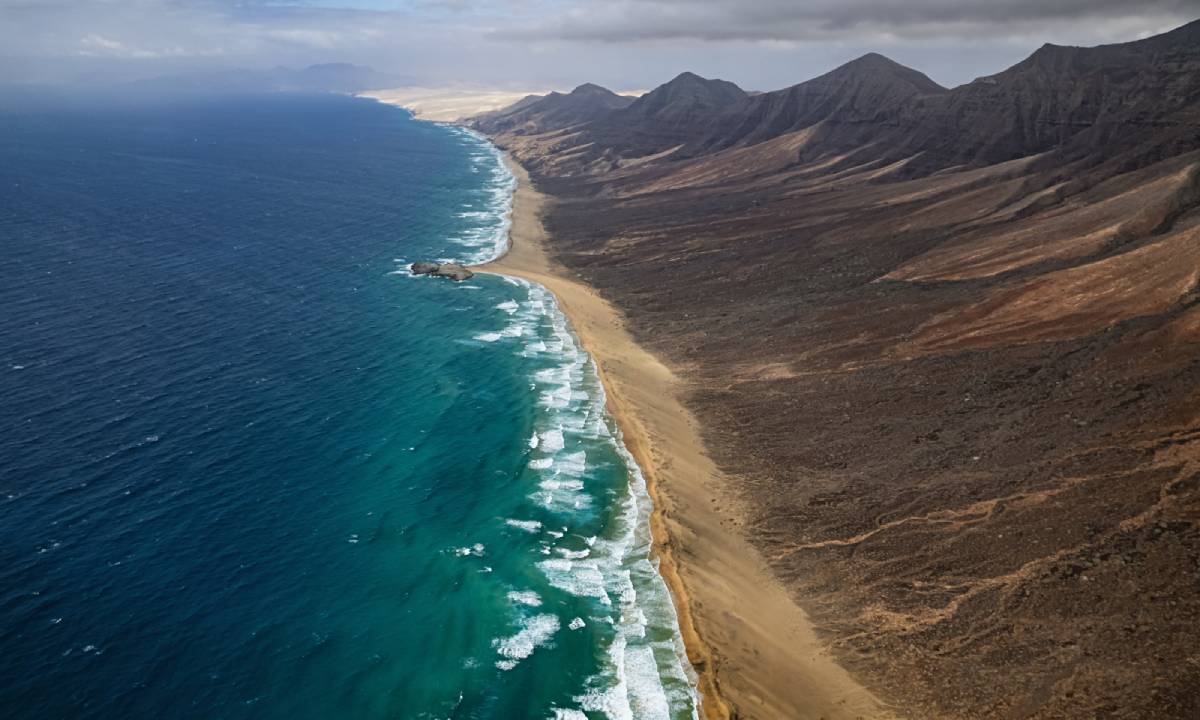
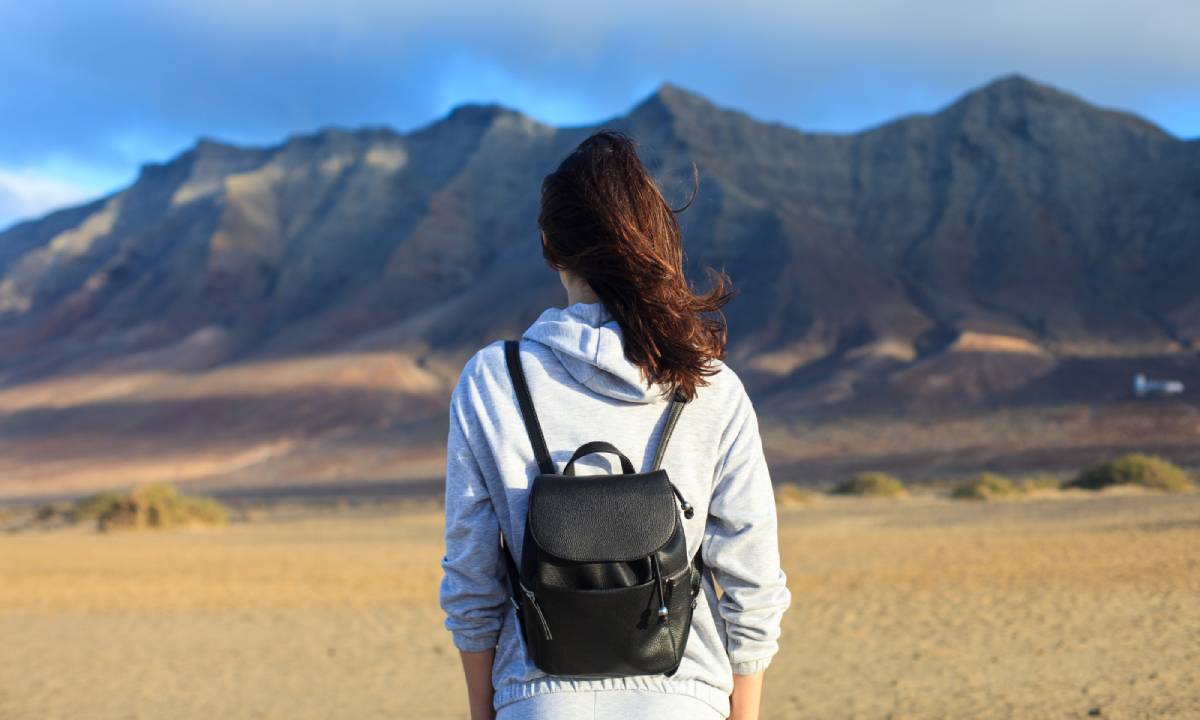

Leave a Comment